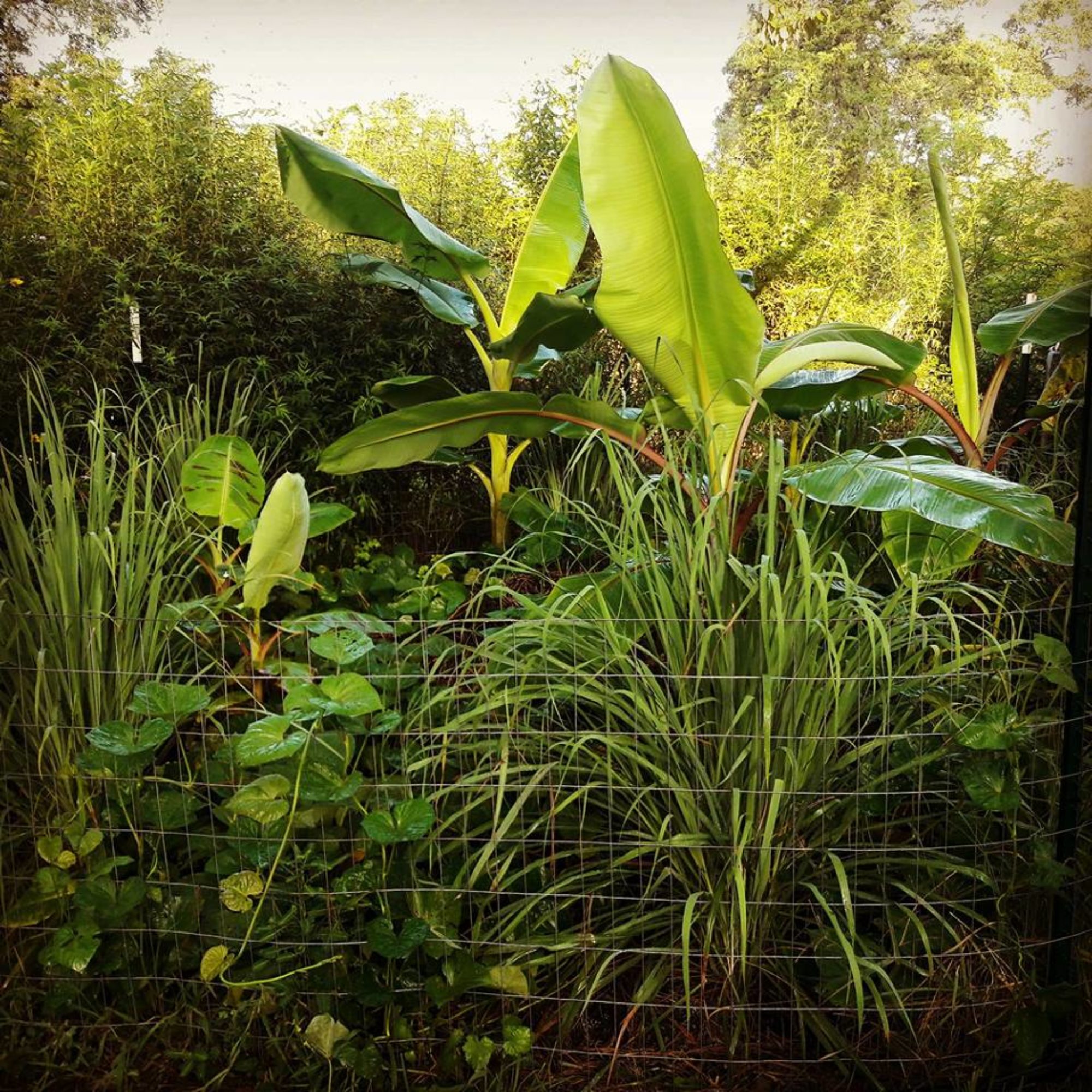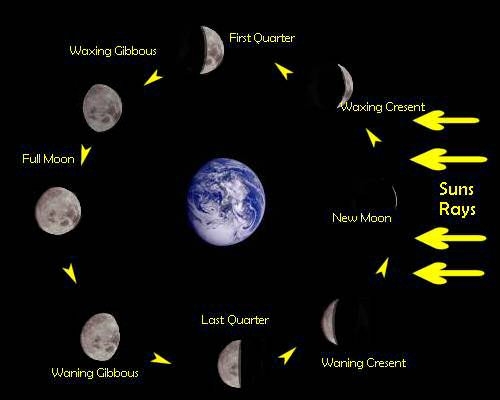Welcome to a New Season of Gardening By The Moon!
Today is Valentine’s Day, 2018 and what a better way to celebrate than to start the second season of Gardening by the Moon blog! Today is, gratefully, a no planting day, which means we should do no gardening today! Although, my mom always told me that Valentine’s day was the day to prune roses! So, if you have roses, and time, feel free to prune them!
A recap of last year —
The Phases of the Moon
The moon has four phases or quarters lasting about seven days each. The first two quarters are during the waxing or increasing light, between the new and the full moon. The third and fourth quarters are after the full moon when the light is waning, or decreasing.
Gravitational pull influences moisture in the soil
Planting by the moon is an idea as old as agriculture itself. It is based in folklore and superstition, but there is now scientific research to back it up. The earth is in a large gravitational field, influenced by both the sun and moon. The tides are highest at the time of the new and the full moon, when sun and moon are lined up with earth. Just as the moon pulls the tides in the oceans, it also pulls upon the subtle bodies of water, causing moisture to rise in the earth, which encourages growth. The highest amount of moisture is in the soil at this time, and tests have proven that seeds will absorb the most water at the time of the full moon.
And now back to our regularly scheduled program! —
What to plant in February
February 16-28
- Arugula
- Asparagus
- Beet
- Bok Choy
- Broccoli (Chinese)
- Cabbage
- Chard (Swiss)
- Collards
- Dill
- Endive
- Fennel
- Garlic Chives
- Horseradish
- Kale
- Kohlrabi
- Lemon Balm
- Lettuce
- Mustard
- Onion (multiplying)
- Oregano
- Parsley
- Quinoa
- Radish
- Tomato (transplant – if protected)
- Turnip
Garden Activities for November
- Apply dormant spray to deciduous plants, fruit trees & roses
- Check winter damage from storms, frost and rodents
- Clean, sharpen and repair garden tools
- Cover beds with clear plastic to warm the soil
- Seed starting in flats indoors or in greenhouse
- Some direct sow is possible
- Dig and divide perennials (bulbs, etc.)
- Pre-germinate seeds to get a quicker start
- Trim ornamental grasses to 6 inches before new growth appears
- Move seedlings to bigger pots if weather is not warm enough for planting
Current Phase of the Moon
Tomorrow will be a new moon, followed by the waxing crescent. The moon will be in Pisces during this time as well. This means it’s time to plant hardy above ground annuals.
What to plant February 15-17
- Basil – Indoor
- Cauliflower – Outdoor or transplant
- Collard Greens – Outdoor or transplant
- Kale – Outdoor or transplant
- Luffa – Indoor
- Mustard – Indoor, outdoor or transplant
- Onion (bunching) – Outdoor or transplant
- Sweet Pea – Indoor, outdoor or transplant
- Broccoli – Outdoor or transplant
- Celery – Indoor
- Dill – Indoor
- Lettuce (cutting) – Indoor, outdoor or transplant
- Marigold – Indoor
- Nasturtium – Indoor, outdoor or transplant
- Pea – Indoor, outdoor or transplant
- Swiss Chard – Indoor, outdoor or transplant
- Cabbage – Outdoor or transplant
- Cilantro – Indoor, outdoor or transplant
- Eggplant – Indoor
- Lettuce (Leaf/head) – Indoor, outdoor or transplant
- Morning Glory – Indoor
- Okra – Indoor
- Spinach – Indoor, outdoor or transplant
- Tomato – Indoor
Up Next
- February 18&19 – Barren & Dry=no planting
* This series is focused on the southern regions of the United States, particularly USDA Zones 8&9 as that is where I reside and do all my gardening. If you live in a different climate, please adjust accordingly.
** Make sure to plant hardy annuals or plant with protection!
[TheChamp-FB-Comments]

